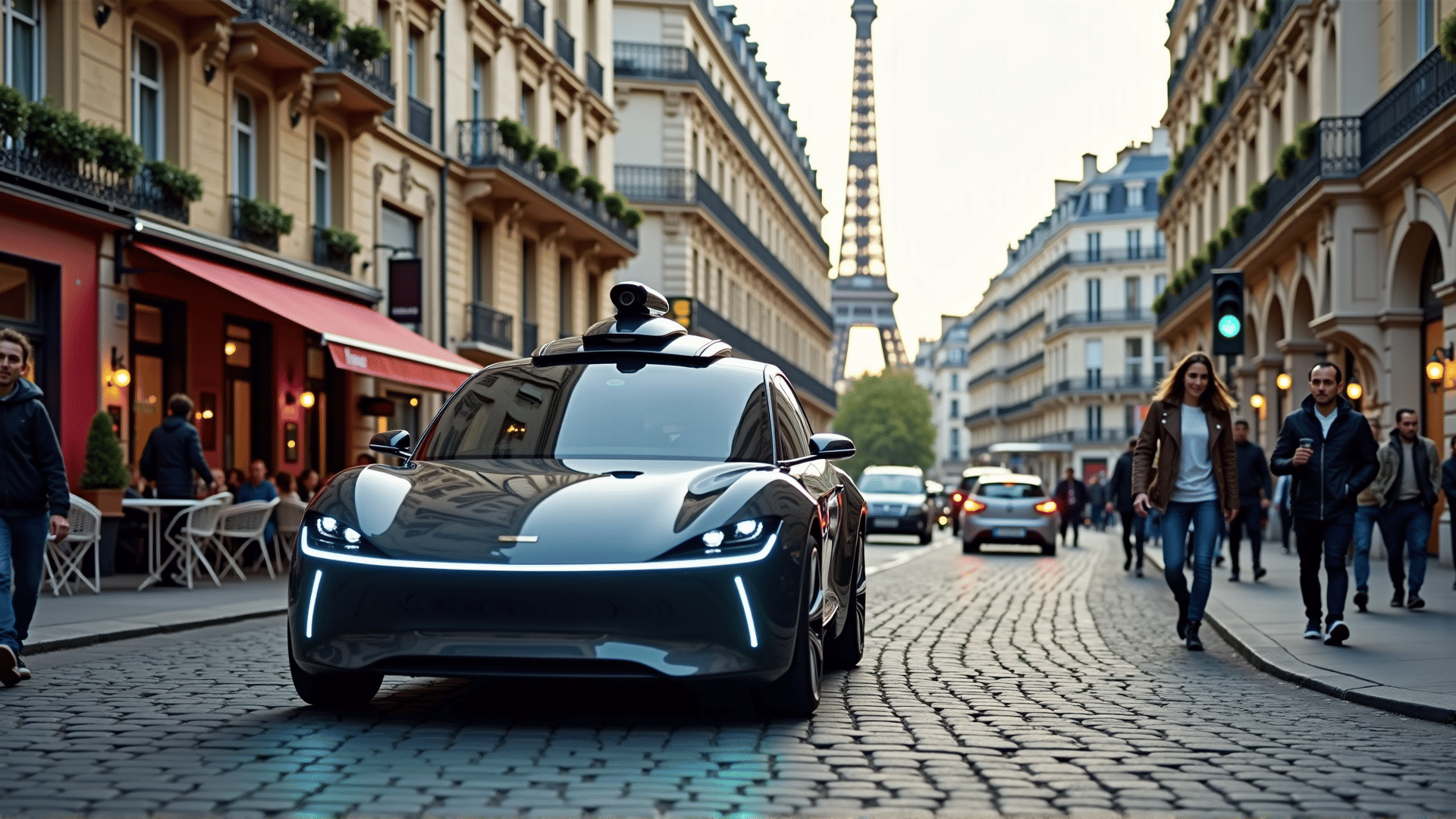Autonomous driving technology is steadily transforming the landscape of modern transportation, promising a future where vehicles are not just modes of transport, but intelligent partners in the driving experience. The promise of these advanced systems stems from their ability to enhance safety, improve efficiency, and bring about a new level of convenience for everyday commuters.
At the core of autonomous driving lies an intricate mesh of sensors, cameras, radar, LIDAR, and advanced algorithms that together create a real-time, comprehensive understanding of the vehicle’s surroundings. These components enable the vehicle to navigate complex traffic environments, recognize and react to obstacles, adhere to traffic regulations, and make decisions with split-second precision.
One of the most compelling advantages of autonomous driving technology is its potential to significantly enhance road safety. Human error is a leading factor in the vast majority of traffic accidents. Autonomous vehicles mitigate this risk by eliminating issues such as distracted driving, fatigue, and impaired judgment. They maintain unwavering attention on the road and have a far faster reaction time than human drivers, which could drastically reduce the number of accidents.
Moreover, autonomous driving promises smarter traffic management and increased efficiency. With vehicles able to communicate with each other and infrastructure in a system known as Vehicle-to-Everything (V2X), traffic flow could be greatly optimized. This technology allows vehicles to share data about road conditions, traffic delays, and optimal routes, which could lead to reduced congestion and emissions, and improved overall travel times.
In terms of convenience, autonomous vehicles offer a plethora of benefits, especially for individuals who might find driving a challenge, such as the elderly or disabled. By taking over complex driving tasks, these vehicles can provide greater freedom and mobility to users. They also suggest the possibility of repurposing travel time—commuters can work, rest, or enjoy entertainment while traveling, enhancing productivity and quality of life.
Despite these promising features, the pathway to widespread adoption of autonomous vehicles is not without challenges. Regulatory hurdles, public trust, technological limitations, and ethical considerations are obstacles that the industry must navigate. Ensuring the robustness of these systems against cyber threats, ensuring privacy, and developing comprehensive legal frameworks are critical steps required to pave the way for this technological revolution.
The future of autonomous driving is a bright one, filled with potential and possibilities. As technology continues to advance, and as governments, manufacturers, and consumers align their efforts, the dream of safe, smart, and autonomous travel draws ever closer. The transformation underlines not just a shift in how we move, but in how we interact with technology and envision the future of our cities and spaces.
